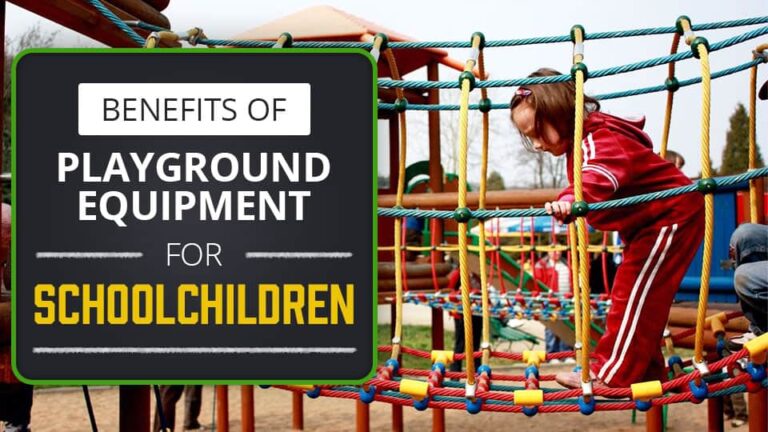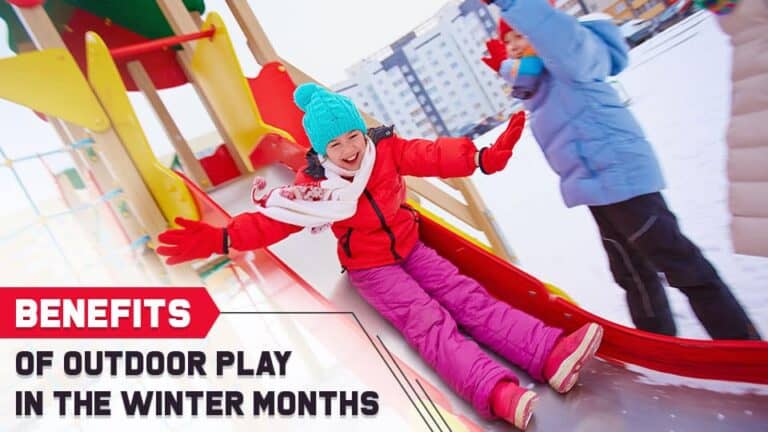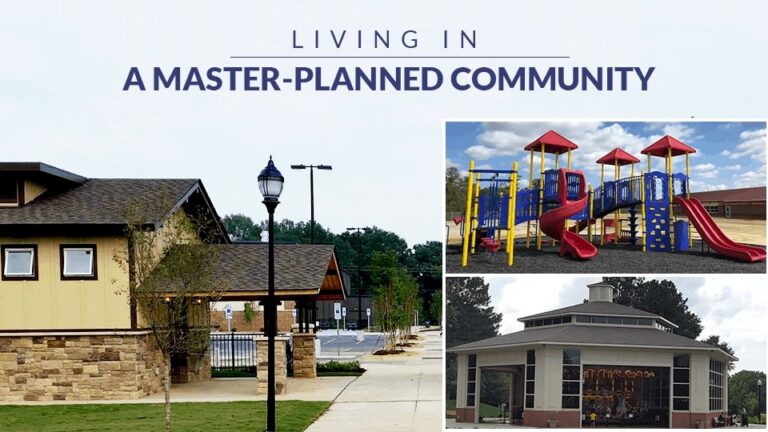The Importance of Playground Equipment Safety
Every 150 seconds, a child in the United States gets injured in a playground-related activity. Over 200,000 children are brought to hospitals for playground-connected injuries each year, mostly due to bad falls resulting from the following:
- Improper safety surfacing
- Improper use of play equipment
- Broken or vandalized equipment
- Foreign items left within the playground area
As it turns out, most of these injuries are entirely avoidable if site restrictions and supervision are followed and enforced. Playgrounds that are adorned with the latest outdoor play equipment and structures are great places for children to develop their motor abilities, cognitive aptitude, and social skills. But sometimes, playgrounds can pose hazards to children if all required and recommended safety standards and protocols aren’t followed.
Parental supervision is one important key to providing for children’s safety in and around playgrounds. Parents should be vigilant with the following while supervising their children on playgrounds:
- Look for loose or broken play items before children use the equipment. Don’t use the equipment if any repairs are needed.
- Make sure that the playground equipment is not too hot to the touch before children use the equipment. Sun-warmed play equipment is another potential hazard for children. Contact with some metals left in full sun can actually result in third-degree burns upon contact. For this reason, metal outdoor playground equipment like slides, jungle gyms, and monkey bars simply should not be used on a sunny day if they receive full exposure.
- Ensure the child using the equipment is within the designated age range posted for that equipment.
- Ensure that any wood mulch safety surfacing reaches up to the depth marker on the play equipment
- Ensure that any rubber safety surfacing isn’t torn or damaged before using the equipment
- Remove any debris from the play area before use (make sure to watch out for any needles or other drug paraphernalia)
- Children should wear sneakers while playing to prevent injuries from slipping or from touching any hot surfaces.
- Make sure children are patient when using playground equipment, and are waiting their turn when necessary.
The importance of parents and guardians providing playground supervision and ensuring that all safety measures and posted guidelines are being followed cannot be overstated. Otherwise, unmonitored children are much more likely to use the equipment improperly (whether intentionally or accidentally), and are thus also more prone to having an accident.
In addition, a child playground or any outdoor play equipment should be installed with the following to promote better safety:
-
Protective surface
Falling from playground equipment is the most frequent kind of injury that happens on playgrounds. To prevent or minimize the injuries, every type of outdoor playground equipment or play structure must include safety surfacing. Typical depth of engineered wood fiber surfacing is 12 inches. Other types of safety surfacing include rubber or synthetic turf with an engineered foam pad for attenuation. This protective surfacing provides the attenuation that prevents injury for a fall from a play structure, swing, seesaw, or overhead climbers.
-
Barriers
The absence of barriers on elevated platforms, bridges, and ramps can lead to accidental falls. Barriers and slide-sit rails are an integral safety feature of all play structures that are elevated above the ground.
-
Sunshades
All types of playground equipment can benefit from installed sun shades if exposed to full sun, especially elements like metal and plastic slides, or any other surface that can absorb enough radiation from direct sunlight to cause burns to the skin. These burns can be prevented through the proactive placement of sun shades over any play equipment which may become overheated.
-
Cameras
Parents and guardians can’t be everywhere and see everything that happens with their children at all times. Having cameras placed at multiple vantage points around a playground is a useful and sound addition, for the purposes of both safety and security.
Commercial playgrounds are designed to be age-appropriate for four distinct age ranges:
- 6 months to 23 months
- 2 years old to 5 years old
- 5 years old to 12 years old
- Some playgrounds incorporate equipment that’s suitable for a wider range of 2-year-olds to 12-year-olds
A safe playground must have its outdoor playground equipment and other play structures labeled with the designated age bracket of children for which they’ve been designed.
A playground’s design should also cater to the recommended spacing requirements of all included child playground equipment. Playground equipment and other play structures that are higher than 30 inches must be spaced at least 9 feet apart. For swings, the recommended seats per bay are a maximum of two; these must be spaced at least 24 inches apart from each other, and at least 30 inches from any supporting framework. Swings for tots must each have their own individual bay.
Regular maintenance and inspection by playground management staff are paramount for ensuring that all installed playground equipment is safe for children to use and enjoy!
Playgrounds are meant to be a place where children can play, exercise, socialize, and have fun! But it’s also crucial that these play areas be installed, maintained, and supervised as true safe spaces for children. If playground equipment manufacturers, playground management staff, and parents & guardians will be vigilant to work together, then we can prevent most playground injuries from ever happening in the first place!




